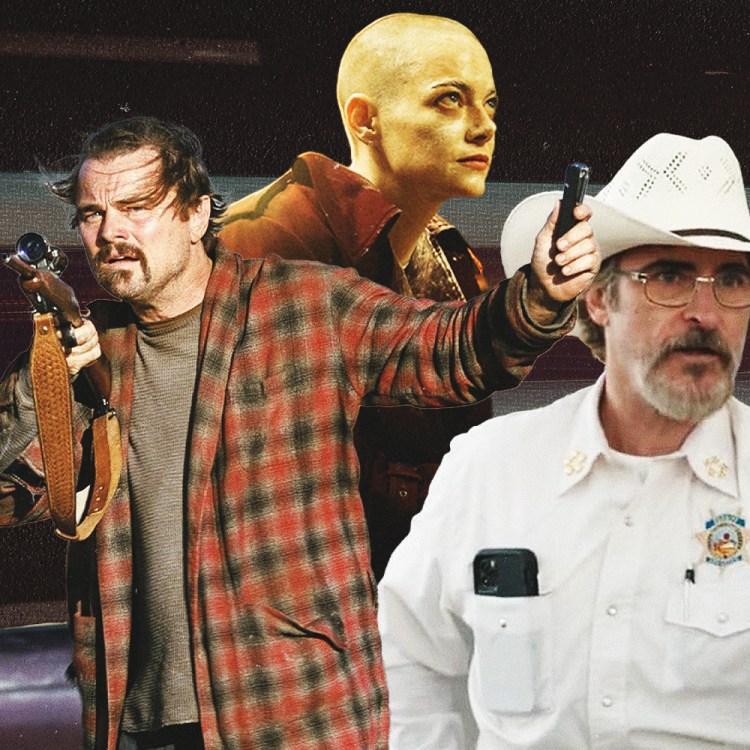Forty years after his death, people are still hotly debating the life and legacy of John Wayne. Earlier this year, a controversy grew after quotes surfaced from a 1971 Playboy interview in which Wayne made a number of racist and homophobic comments. On one hand, the uproar made sense: these comments were, without a doubt, tremendously offensive. On the other, it’s not as though Wayne was thought of as a progressive icon up until that point.
Now, in a long essay for Literary Hub, writer and editor Tyler Malone explored the complexities of Wayne’s place in American pop culture — and the long shadow he’s cast over certain American archetypes.
Malone’s essay brings up the ways in which Wayne could be frustratingly inconsistent, even hypocritical — making homophobic comments in the aforementioned Playboy interview, for instance, but also having no qualms about working with Rock Hudson, whose sexuality was no secret to Wayne.
What Malone’s essay excels at is exploring the way in which Wayne’s salt-of-the-earth image was as meticulously constructed an image as — well, that of virtually any contemporary celebrity you could name. Among the contradictions that emerge: for all of his connections with a rugged, even militaristic, strand of masculinity, Wayne opted not to fight in World War II, unlike many of his contemporaries.
Though the lack of service should have dismantled some of the image Wayne erected over the years, the general public didn’t seem to notice or care. Wayne remained the era’s ultimate image of a man’s man, a hero, a patriot.
Malone isn’t the first writer to find fertile ground in Wayne’s contradictions. Malone in particular cites Anne Helen Petersen’s long exploration of the construction of John Wayne’s mythology. And in 1997, Jonathan Lethem added his own entry to the canon of works exploring Wayne in an essay for Salon. “What other American icon comes so overloaded with reflections of our national disasters of racism, sexual repression, violence and authority?” Lethem asks. “Who else thrusts the difficult question of what it means to be a man in America so forcefully in our faces, daring us to meet his gaze?”
Both Malone and Lethem have worked allusions to Wayne into their fiction. In his essay, Malone describes a novel he’s in the process of writing “in which Wayne is not exactly a character but a looming presence.” And Lethem’s 1998 science fiction novel Girl in Landscape memorably riffs on Wayne’s screen persona — especially in the films of John Ford.
Malone’s essay ultimately finds some of the difficulty in discussing John Wayne to be due to, well, John Wayne. “Wayne is at least partially at fault for our inability to see the ambiguity in him,” Malone writes. “His persona is built upon a fraudulent certainty — well-crafted, but specious.” It’s an exploration of an oft-discussed figure that suggests there he has plenty of facets left to explore — even if that exploration may turn up some unpleasant elements as well.
Editor’s Note: RealClearLife, a news and lifestyle publisher, is now a part of InsideHook. Together, we’ll be covering current events, pop culture, sports, travel, health and the world. Subscribe here for our free daily newsletter.
Thanks for reading InsideHook. Sign up for our daily newsletter and be in the know.

















